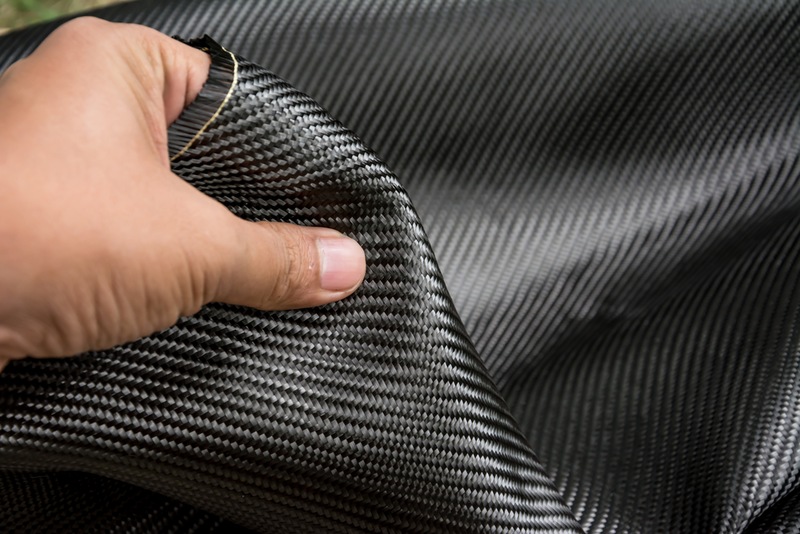
Composite engineering has led to one of our society’s greatest, most reliable building blocks: carbon fiber. As one of the most common reinforcements used in advanced composites, carbon fiber boasts renowned strength and surprising weight – or lack thereof. That’s because carbon fiber is somehow lighter than steel (a traditional material) while being five times stronger and twice as stiff.
When used as part of an advanced composite, carbon fiber boast a plentiful array of benefits that allows it to stand out from other materials. As we mentioned above, carbon fiber outclasses steel and other similar materials due to being lighter and exponentially stronger. However, carbon fiber also boasts a higher temperature tolerance and high chemical resistance. These properties, when harnessed correctly, can allow carbon fiber to endure for many years with under strenuous environments.
How exactly does carbon fiber get these incredible properties? In order to understand that, we must first take a look into the very nature of composite engineering. Carbon fiber is comprised of very strong crystalline filaments that may be thinner than even a strand of hair. These filaments boast individual durability, but carbon fiber gets its true strength once the fibers are woven together like a quilt. After the fibers are woven together, then they can be left in a cloth-like form, or they can be molded into a permanent shape using resin or plastic to coat it.
The history of carbon fiber can be surprisingly traced directly all the way back to 1879, when Thomas Edison tried baking cotton threads and bamboo slivers at high temperatures. This baking process carbonized the materials into all-carbon fiber filaments. Carbon fiber manufacturing would be revisited again in 1958, when a facility just outside of Cleveland, Ohio invented high-performance carbon fibers. However, these fibers only contained about 20% carbon and did not have very strong or durable properties. It wasn’t until 1963 when the true potential of carbon fibers would be realized.
Advancements in the engineering of carbon fiber have made it so that a wide array of objects can be manufactured using carbon fiber. More common and recognizable applications include bike frames and aircraft wings. It is also an optimal choice for many uses in the aerospace and defense industries. For example, helicopter rotors, drones, helmets, and missile systems can all be built with carbon fiber to ensure durability and longevity across a wide breadth of uses.
The integration of carbon fiber into composite testing and engineering has already directly led to many incredible innovations in many different industries. There is seemingly no limit to the number of applications, especially when you partner with composite manufacturers who are experts on carbon fiber. If you are interested in learning more about how carbon fiber can benefit your project, give Mentis Sciences a call today.